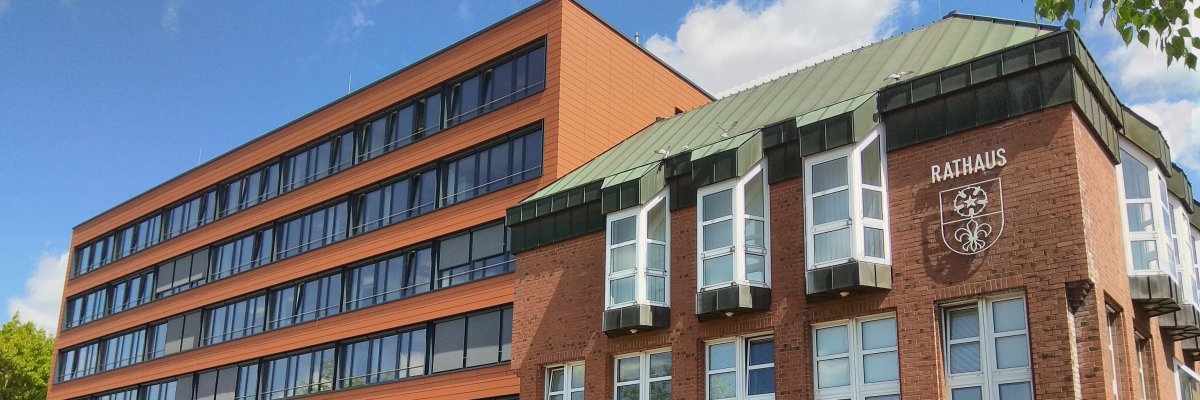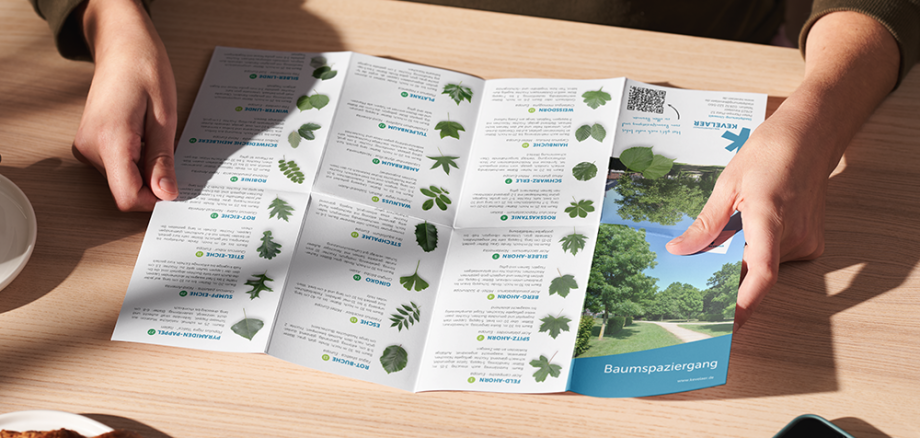Urban trees play a crucial role in urban planning. They beautify our streets and create inviting little oases in the midst of urban concrete landscapes. Trees provide shade, improve air quality and serve as wind and noise protection, which contributes significantly to the well-being of city dwellers. They also provide a habitat for numerous animals such as birds, squirrels, bats and insects. Trees are essential for the ecological balance and our environment. For this reason, the pilgrimage town of Kevelaer has launched a special initiative and designed a tree walk around the town's trees.
The tree walk map was updated this year to include Kevelaerer Südpark. This tranquil green space, which was created almost forty years ago, is home not only to native trees and shrubs, but also to some exotic species such as the primeval sequoia. This tree species was only discovered in 1941 in a remote mountain region of China and was previously only known from fossils. Since then, it has been planted as an ornamental tree in parks.
On the tour through Kevelaer, young and old can discover 40 marked trees. Each tree is provided with a plaque containing both the German and Latin name of the tree. A QR code on the plaque allows those interested to call up further information about the tree - from its history to its significance for the environment.
Nature walk on June 15
For interested citizens who would like to go on the tree walk with an expert, a nature walk with Theo Mohn, head of the NABU local group in Kevelaer, will take place on Saturday, June 15, 2024, at 10 a.m. The meeting point is at Kevelaer town hall, Peter-Plümpe-Platz 12, 47623 Kevelaer. Registration is not required.
The tree walk is not only an opportunity to explore the pilgrimage town of Kevelaer in a new way, but also an educational offer that raises awareness of the importance of trees for our environment. The "Tree Walk" map is available at the Tourist Information or as a PDF on the website of the pilgrimage town of Kevelaer.


